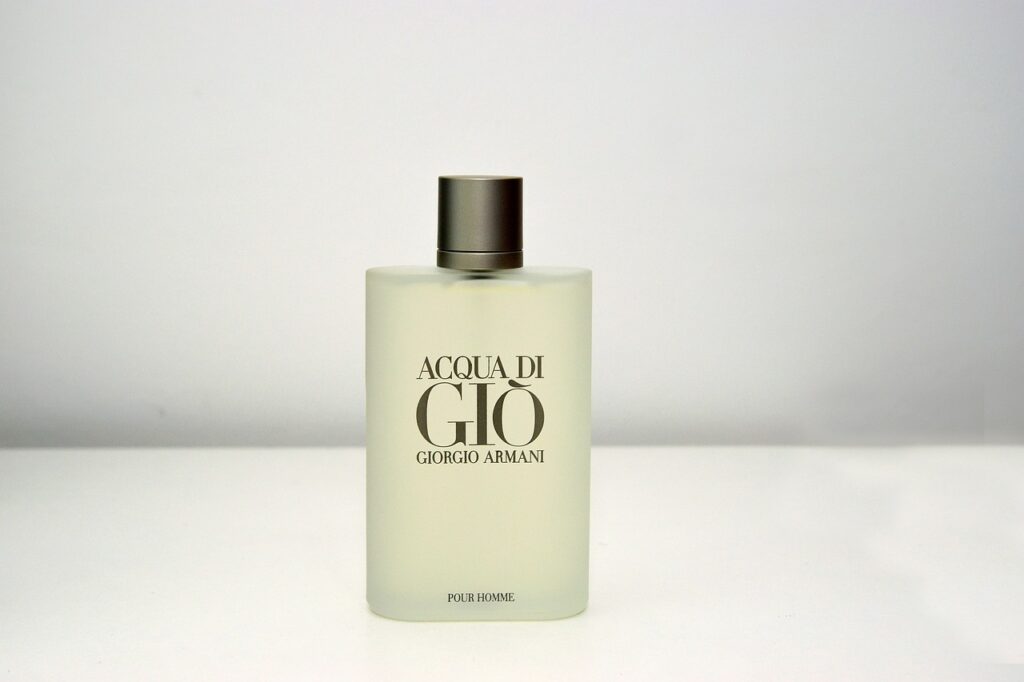How to Write an Email to Sell a Product

Introduction
How to Write an Email to Sell a Product. In sales, email marketing is considered one of the fastest ways to reach a vast audience and maximize your marketing budget.
Considering the digitalized world we live in, today, harnessing the online presence is an easy way to broadcast. As a salesperson, using emails to reach customers is effective, as nearly everyone owns a mobile device.
This article explains everything you need to know about selling a product using emails. It highlights the necessary steps, and provides guidelines on how to draft the perfect and compelling email for product marketing.
How to Write an Email to Sell a Product: Creating An Email List
Despite how much you want to send your product marketing emails to as many persons as you can, it is necessary to understand the vitality and utmost importance of privacy.
Sending emails to random people without their full consent is considered spamming, which is in violation of email marketing best practices, and can lead to legal actions being taken against you.
With this in mind, it is important to send emails to only those who have given you the permission to do so. Finding these people, may seem daunting, which is why the following methods have been highlighted below:
- Create a sign up form: On your social media platforms, you can create a form, with an offer, where people give their email addresses in exchange for valuable information. This is one way you can get consent.
- Get consent directly: There are people who will be willing to and explicitly agree to give their emails. These people could be previous customers and clients, who will respect the idea of remaining up-to-date with information about your product.
- Purchasing email lists: There are trusted sources like MailChimp and HubSpot, where you can buy an email list. All you need to do, is get permission to send emails to these people.
- Use social media: You can utilize social media, by asking for referrals from your contacts or already existing customers to widen your email list.
- Offer Incentives: You can offer incentives like discounts, free items or exclusive content to encourage people to join your email list.
The goal of this is to ensure transparency and honestly, by gaining permission, before sending emails to people.
How to Write an Email to Sell a Product: Understanding Your Audience
In any selling method, understanding your target audience goes a long way in how and where you present your product.
It is crucial to know your audience because it allows you to create emails that aligns with their interests, through speaking their language. It lets you solve problems and differentiate yourself from competitors in the same market, by being able to understand and address the customers’ unique needs.
Knowing your audience might prove difficult, considering the vast network you have at a time, with different orientations. You can create polls and surveys, which asks questions about your audience’s preferences.
How to Write an Email to Sell a Product: Crafting a Compelling Subject Line
The first thing a person sees in an email, is the subject, and it is unarguably one of the most important features in your email. It is the determining factor of whether or not a recipient will open the mail, so it should be well crafted. It is safe to consider your subject line the first impression of your email, so you’re should make it count.
Craft a compelling subject line that grabs attention, conveys content clarity, and entices opens. It should also not be too overwhelming, but simply and concise.
An example of a good subject line could be, ‘20% Off Your First Purchase, What Better Offer?’ This heading both entices the recipient, while giving them an idea that a product is on sale. What they will be expecting, is a product, with 20% off their first purchase. Short, yet appealing.
Writing a Strong Introduction
After successfully grabbing the attention of your email recipient, you need to keep them hooked, with a strong and captivating introduction. The subject line should not be the only part of the email that grabs your readers’ attention.
Craft a compelling email introduction that effectively presents your product through:
- Hook: A thought-provoking statement or question.
- Product overview: Clear, concise explanation.
- Value proposition: Highlighting key benefits.
For example, “What if you were told that you could get the best offer, for the best product?”
An introduction like that will definitely keep the readers hooked, eagerly reading on. And of course, your product’s value should match the build up of anticipation you will be creating.
Highlighting Product Benefits
In the main body of your email, you should emphasize your product’s value and benefits. Make sure to state how useful it will be to the potential customers.
Highlight your product’s unique features and selling points to establish credibility and convince readers of its value.
This is the moment of decision for your readers, and so you must very clearly state these points, alongside it’s unique features, which separates it from the crowd.
Craft a compelling email body that showcases benefits, is visually appealing, and maintains credibility.
Using Social Proof and Credibility
Incorporate social proof and credibility in emails to showcase product effectiveness and build trust with readers. Highlight how it has been of benefit to people in the past.
Customer testimonials bring your product to life, creating relatability and authenticity through real users’ experiences. Customer testimonials inspire readers, envisioning similar positive impacts on their own lives.
This will further validate your expertise and trustworthiness as a salesperson.
Crafting a Clear Call-to-Action
A call to action is a part of the conclusion of your email. Act now! Combine compelling emails, social proof, and clear CTAs to drive sales and boost conversions.
By implementing this strategy, you’ll create a compelling reason for customers to buy your product. A clear CTA resolves lingering doubts, guiding hesitant buyers toward a purchase decision.
There are many call to action sentences, and some can be in form of questions. It is a clever way to remind your readers that they should not miss out on the opportunity. Here are a few examples of successful call to action phrases (CTAs):
- Shop now and start saving!
- Get it today – limited time offer!
- Don’t wait – buy today!
- Make it yours – purchase now!
- Why not shop from the best, now?
Effective CTAs create FOMO, urging readers to buy now or miss out on a valuable opportunity.
Conclusion
Email marketing effectively sells products, but prioritize privacy and obtain consent before sending marketing emails.
A good email is gripping and it keeps the readers hooked until the end. Craft compelling sales emails to showcase your product and boost sales by following proven steps.






[…] today’s digital world, email marketing is still one of the most effective ways to sell a product. While social media and online ads have […]